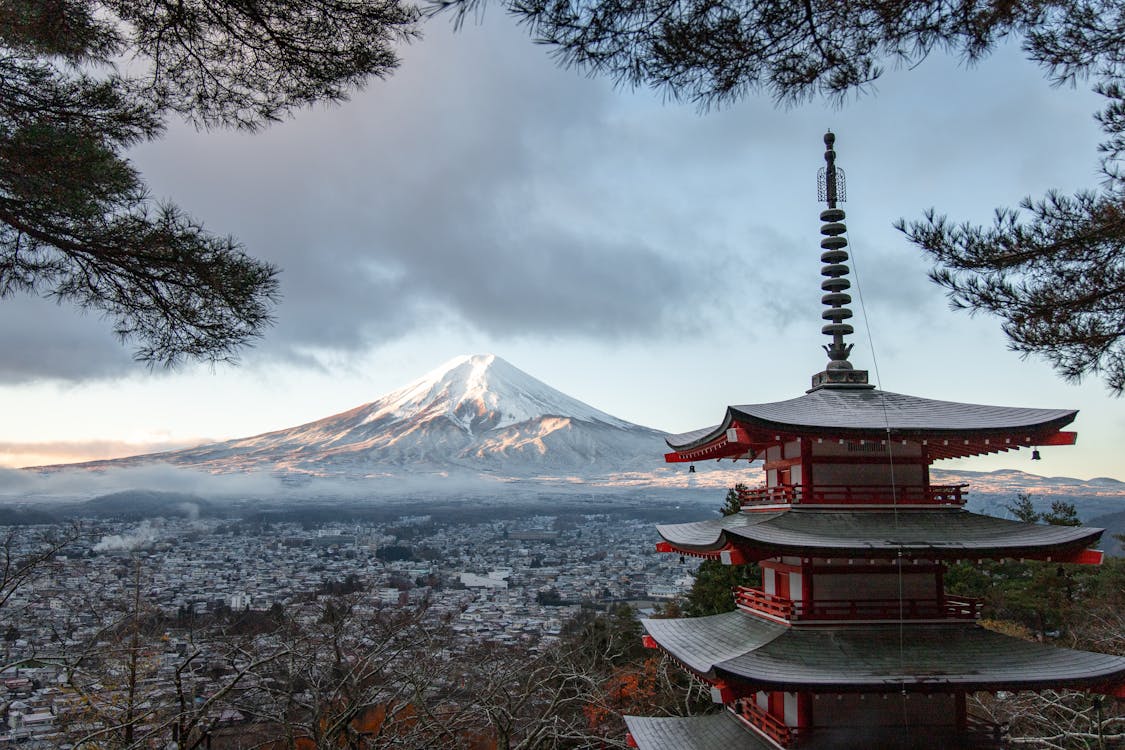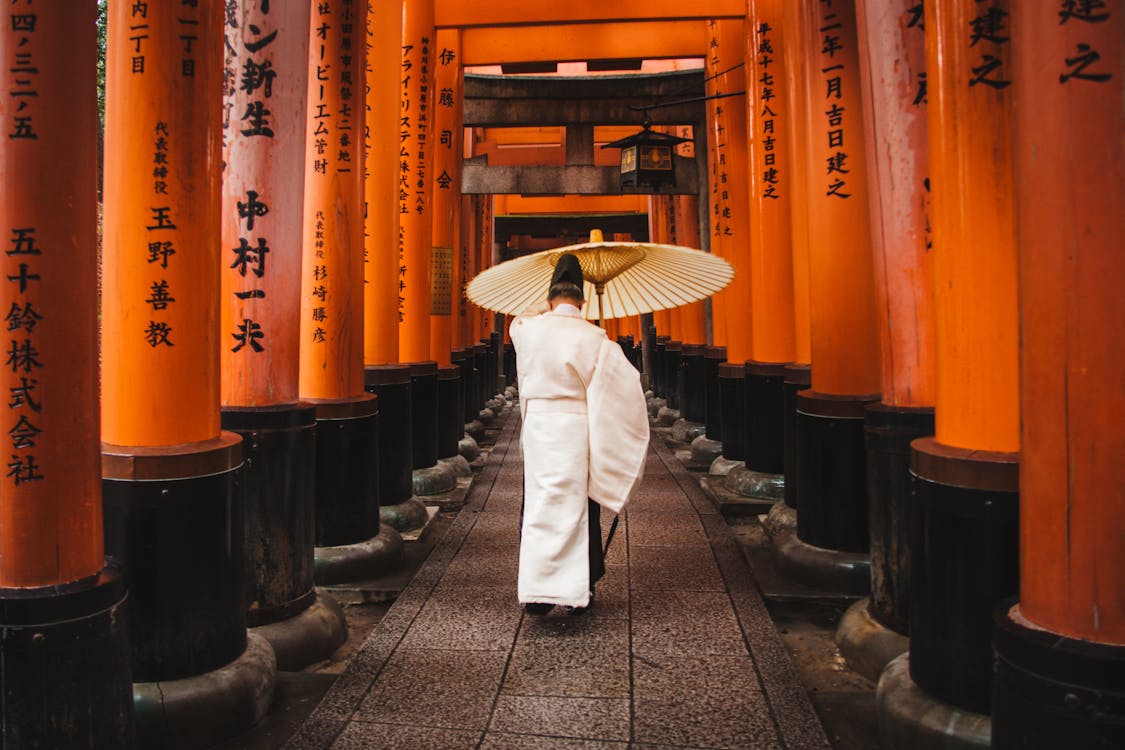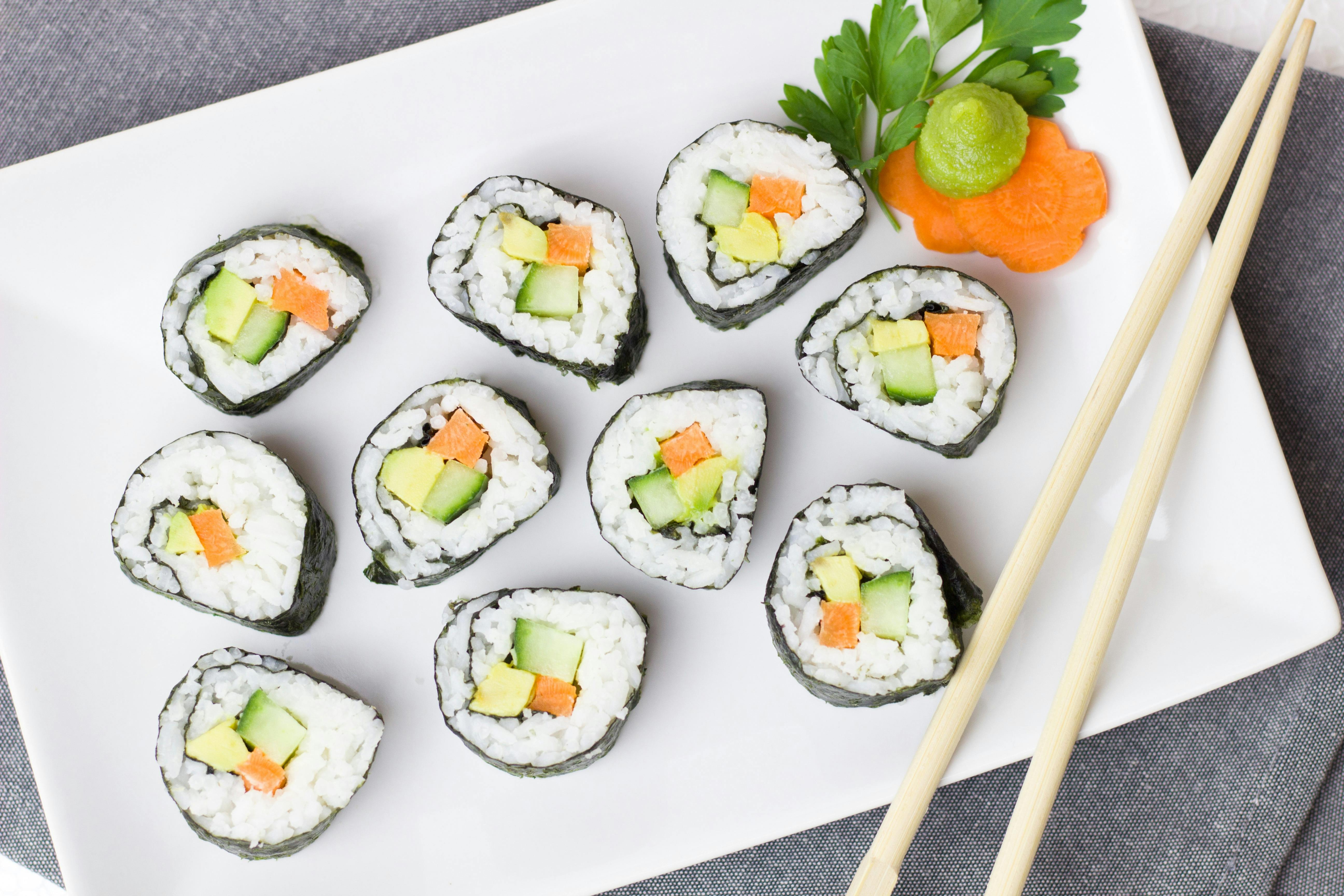 The best time to visit Japan is April, when the weather is pleasant, and the cherry blossom season is in bloom.
The best time to visit Japan is April, when the weather is pleasant, and the cherry blossom season is in bloom.
According to a 2019 estimate by Kansai University, a staggering 63 million people visited Japan just to see the cherry blossom in Japan, raking in $2.7bn dollars.
For this reason, April is one of Japan’s busiest travel months, and for good reason, when the landscapes are painted in delicate shades of pink and white.
Try a Ryokan Japanese Inn
Make sure you book early so that you get the best deals on flights and hotels. Decide whether you want to go for the usual hotel you are accustomed to in most countries, or if you want to try a traditional Japanese inn called a ryokan.
The ryokan involves sleeping on a futon instead of a normal bed and getting into the real spirit of things and wearing yukata robes in communal places. If you are not accustomed to sleeping on hard surfaces then this might not work for you. My wife needed three futons on top of each other before she got a good night’s sleep. And never forget travel insurance for those unexpected accidents.
Beautiful Parks to Explore And Enchanting Landscapes
A few years back I went to Japan to visit a friend, and the beautiful parks in Tokyo were just stunning. These were not just for the cherry blossoms but also Japan’s historical and enchanting landmarks dotted around.
Gestures Like Bowing Are Important in This Culture
Japan’s customs and etiquette bring a whole new layer to your visit. Learning about gestures like bowing, how to handle chopsticks properly, or the right way to enter a home really enriches the experience. It might seem daunting initially, but understanding these social nuances can transform your interactions, making them more meaningful and respectful.
Every corner of Japan offers a piece of its unique heritage. I personally found the traditional tea ceremony fascinating, and as interesting as wandering through a centuries-old pagoda, this cultural richness creates lasting memories.
Don’t just look at it; immerse yourself to understand why Japan’s cultural heritage draws visitors worldwide.
Spectacular Scenery: Natural Wonders and Beauty
Japan’s landscapes are a photographer’s dream. From the iconic Mount Fuji to the tranquil Arashiyama Bamboo Grove, the natural beauty is astonishing. These sights aren’t just for gazing at – they invite exploration. Hiking trails abound, offering fresh perspectives at every turn.
Seasonal changes add to the magic. Cherry blossoms in spring and vivid autumn leaves transform parks into masterpieces of color. Hanami, the cherry blossom viewing tradition, is both a cultural and visual feast. It’s a chance to experience Japan’s essence through the changing seasons.
Outdoor adventures cater to both thrill-seekers and peace-lovers. Whether skiing in Hokkaido’s powdery snow, exploring Okinawa’s white sandy beaches, or meditating in a Zen garden, there’s something for everyone. These opportunities to connect with nature showcase Japan’s diverse beauty.

You may be restricted by where you go if you travel during the typhoon season which starts in May. We wanted to go to Osaka by bullet train but due to a typhoon the trains were cancelled so we ended up going to Kamakura where we saw the Big Buddha.
This post contains affiliate links that I earn a small commission from at no cost to you.
Nature isn’t mere backdrop in Japan; it’s part of the experience. Each visit promises something new, shaped by the seasons. Whether you’re captivated by the contrast between modern life and stunning landscapes, or simply seeking peace, Japan’s scenery offers an unforgettable journey.
Gastronomic Landscape Explored For Oriental Taste
Japan’s culinary scene is legendary. Sushi might be the first thing that comes to mind, but there’s so much more to taste and explore. From ramen shops to teppanyaki grills, variety is key. Michelin-starred restaurants set a high standard, yet local eateries hold their own with charm and quality.
Regional specialties tell their own story. Try Osaka’s street food—takoyaki and okonomiyaki showcase local flavors. In Hokkaido, fresh seafood is a must, while Kyoto’s kaiseki dining presents artfully crafted, multi-course meals. Each region boasts unique tastes that reflect its environment and history.
Japan’s innovative fusion cuisine is a modern twist on tradition. Here, you’ll find chefs blending eastern and western influences seamlessly. Ramen burgers and matcha-flavored treats highlight Japan’s knack for culinary creativity.
Time to Dive in
Food festivals are another way to dive into Japanese cuisine. These gatherings celebrate everything from noodle dishes to sake. They’re a great opportunity to sample a wide range of foods, often prepared by masters in their craft.
Whether enjoying a simple bowl of noodles or an elaborate sushi set, Japan offers culinary experiences you won’t soon forget. Each meal tells a story, a delicious piece of Japan’s culture and history.



